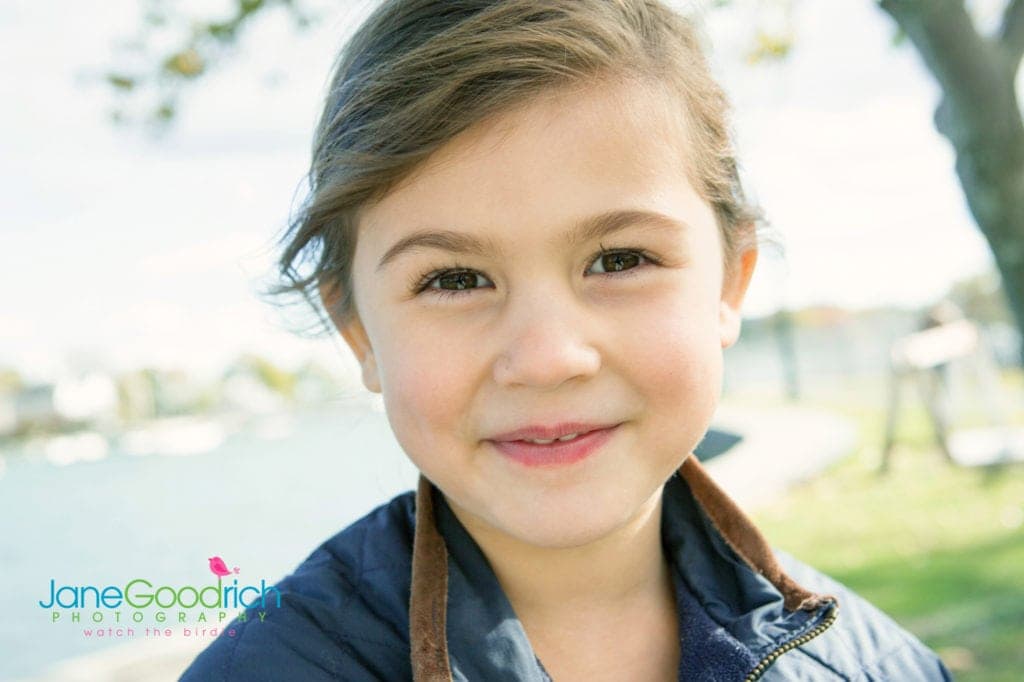Depth of Field in Children’s Portraits
April 18, 2016
 If you have experimented with depth of field (and presumably, know what it means), then you’re ready to take it to the next step. While you might have become accustomed to the standard depth of field (sharp focus on face, blur in the background), playing around with depth of field in children’s portraits (as well as family portraits) can give you interesting results.
If you have experimented with depth of field (and presumably, know what it means), then you’re ready to take it to the next step. While you might have become accustomed to the standard depth of field (sharp focus on face, blur in the background), playing around with depth of field in children’s portraits (as well as family portraits) can give you interesting results.
Check out a few tips, tricks, and guidelines for playing around with depth of field, then grab your camera and give it a try.
Tip One: Tell a Story
Rather than zooming in, using a narrow depth of field, and creating a face-only portrait image of your child, play with DOF and create a story. You could include a childhood home, favorite play-place, or a scene (beachfront, river, vacation). Try a composition with these elements along with various depths of field – you might find that a mix of depths works for keeping aspects of the story, along with maintaining your child as the primary focus point of the image. In the image below, focusing on the book, rather than the child, puts more importance on the book and gives the image more interest than a typical children’s portrait image.

Tip Two: Try Some Blur
If you want to amp up the artistic appeal of your images, stop aiming for perfect focus of your subject. Instead, place focus on a “story” element – footprints in the sand/snow, rippling water of a lake with dangling legs on a pier, a sandcastle, etc. This is more of a lifestyle photography approach, more focused on capturing what’s happening rather than the faces involved. For example, in the main image at the top the focus is on the Easter Egg, not the child. So rather than being your typical kid’s portrait, it’s now a story about the egg.
Tip Three: Different Focus Creates Different Stories
When you have a choice of focus (working with a shallow DOF), test out different focus points. For example, when you have a group of kids or siblings in various points of the scene, try a series of photos with one child in focus, the others out of focus. You’ll notice how the focus shift changes the story – particularly if you are quick with your camera and can capture kids looking at each other or interacting with their surroundings or siblings. In the example above, you could try a second shot that focuses on the brother in the background, and then combine the two together when printing for an interesting series.

Tip Four: Keep Experimenting
Avoid getting stuck in a rut – keep experimenting with depth of field and kids’ portrait photography. Try large aperture, small aperture, different points of focus, and combine them with tried and true composition techniques like the rule of thirds and contrast to create lasting images. If you really want to delve deeper into the wacky world of depth of field, consider an online course, such as this one from Tuts Plus, pick up a book, or consider a photography workshop to learn advanced children’s portrait photography skills!